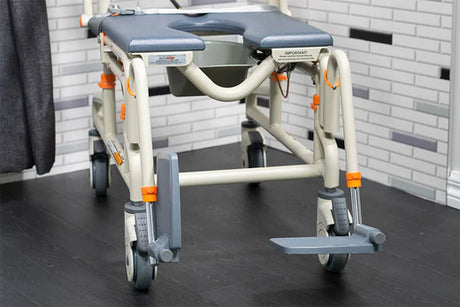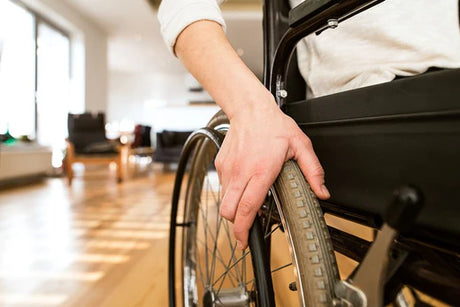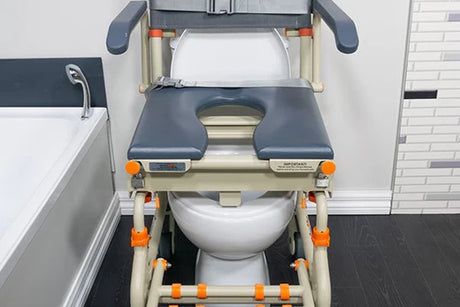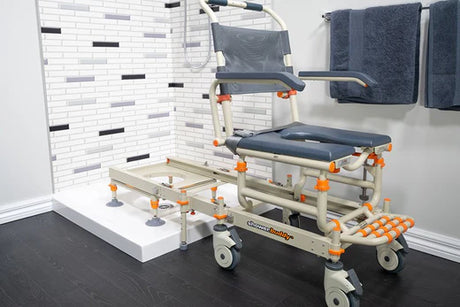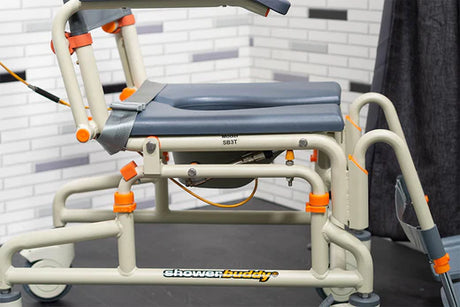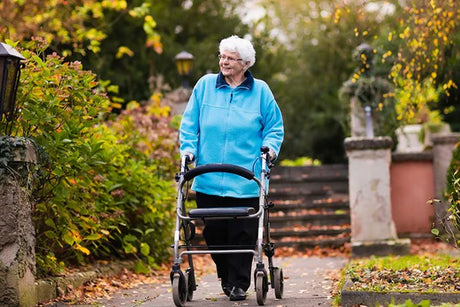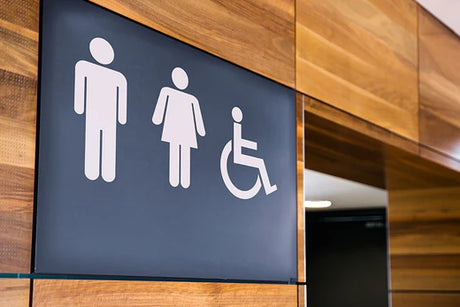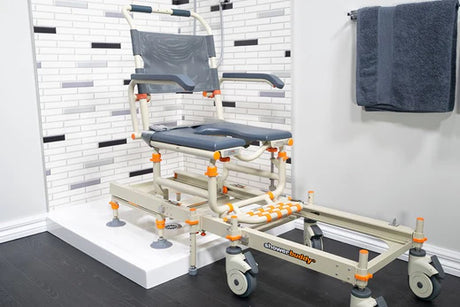Pros of mobility scooters
Mobility scooters are ride-on vehicles made up of a seat, handlebars for steering and controlling acceleration, 4 wheels, storage and a footrest atop a moulded base that will house an electric battery. The design of different mobility scooters will vary slightly but largely these are the components that you’ll find. Here’s some pros of ownership:
Modern scooters are generally very safe
Given these vehicles are purpose built for elderly people with a reduced degree of personal mobility, safety features are built in throughout.
First, the design of the vehicle is made to be sturdy and capable of supporting shifting weight without toppling over. The tyres that these units come with, while meant mainly for the footpath, are substantial enough to get across grass or dirt in the event of a wrong turn or tight squeeze. The speed settings on a mobility scooter will allow for different levels of capability and preference, but the maximum speed of around 10-12kph in most models is still of a level that is considered appropriate for footpaths; you won’t be breaking any land speed records any time soon!
The support of the seat will vary between models and some manufacturers may offer options to upgrade the seat or add additional side support. A visit to any mobility scooter retailer should help you understand the breadth of options when it comes to seating between models.
So as far as safety is concerned, these scooters are a pretty safe bet – provided you read the guidelines of operation and ride responsibly!
Travel to shops, friends and family without a car
Getting down to the shops or out to a local cafe to meet a friend is much easier when you aren’t relying on the timetable of a family member or a ride service. A mobility scooter puts the control back in your hands as to when you go somewhere nearby. If you have local shops nearby, a mobility scooter might be all you need. Run out of milk and still have a few days before the weekly grocery shop? Just hop on and head down to the local store.
Socialising is so important for us in our senior years. And we don’t necessarily want to host these interactions but meet somewhere in the community. A mobility scooter makes impromptu catch ups much easier when a car is no longer an option.
Becoming independently mobile again can’t be overstated in terms of its positives on our mood and weekly routines. A mobility scooter may be exactly the ticket.
No drivers licence required (but you still need to have adequate sight and hearing)
This is where the mobility scooter really makes a lot of sense. When mobility and indeed eyesight starts to wane in later years, driving a heavy fast automobile is actually dangerous to both the driver and those around them. But there are many that whilst not fit for driving on the road, still have the desire for independent transportation and are capable of controlling a mobility scooter where speeds are much lower and reaction times don’t need to be as immediate.
A baseline of coordination, mobility and reaction is required to operate any vehicle, including a mobility scooter, so make sure you chat with your doctor and occupational therapist about whether you’re up for driving a scooter. You may even want to test one out in a controlled private area (such as a friend’s model or at a retailer), just to get a feel for the experience and your readiness to use one.
If you can’t get a drivers licence renewed, but are still capable of controlling one of these, it can be an excellent choice.
More practical for carrying things
A walker, rollator, wheelchair or other aid may be sufficient for moving around, albeit at a slow pace, but they quickly lose practicality in moments where you need to carry things like a bag of groceries or personal effects like wallet, house key and hat.
A mobility scooter is designed not only to transport you, but typical cargo that one might acquire on a local trip to the shops or supermarket. Each mobility scooter’s available storage will vary from model to model, but as a general rule, you should have basket storage, and potentially under seat or behind seat storage, too. Many ranges also have available add-ons such as walking stick holders, or a space for your umbrella.
Cons of mobility scooters
Too much reliance on the scooter reduces walking and therefore exercise
This one is really a matter for your occupational therapist and doctor to determine, as there’s no one level of mobility and therefore how much exercise you can or should do is totally circumstantial. However, a common complaint that we hear in the mobility community around scooters is that users may fall into habits of using them everywhere they go when a healthy mixture of walking and scooter is better for their fitness and general wellbeing.
This doesn’t necessarily need to disqualify a mobility scooter from your shopping list however, as simple guidelines from a doctor around physical exercise each day can help you plan and approach your mobility scooter in a responsible way.
In fact, the decision around purchasing a mobility scooter might be better made with the input of your health providers. They may encourage you to get a scooter, or otherwise provide guidance on a more appropriate way to get some independence with transport. Remember, a mobility scooter isn’t right for every senior – at a certain level of impairment they may not be practical, and for others their physical condition may be perfectly adequate to get by with a non-motorised walking aid.
It’s also worth noting that even if walking longer distances is not possible due to mobility impairment, exercise is still possible via things like hydrogymnastics or senior-focused aerobic classes.
They need to be charged up daily and maintained
A motor scooter like any electronic device needs to be plugged in to charge. And with the weight allowance of these scooters often getting beyond 150kg, you can imagine the batteries in these vehicles are not small. That means charging is rarely a speedy process and a certain level of planning is going to be needed.
You’ll also want to properly understand the range capabilities of the scooter in relation to the local area around your home that you’re intending to travel. If you get a scooter that doesn’t have the range to deal with a full day out and about, you may run the risk of getting stuck out having to charge up. It’s a good idea to bring a charger with you in case, but this is going to take longer than filling up with gas!
These vehicles do have components that may need servicing and maintenance including the tyres, alignment, battery replacement, and lights. While you shouldn’t spend too much time or money keeping the mobility scooter in good condition, servicing is something you should keep in mind.
They are more cumbersome than other mobility solutions
If you’ve seen a mobility scooter in person, you’ll know they aren’t exactly the most diminutive of footprint. In fact a mobility scooter is akin to a ride-on lawn mower in size, while being lighter given they’re electric and don’t need to hold heavy machinery underneath.
But if you are concerned about being able to pick up and shift your mobility aid, then a scooter is certainly harder to do so. Ideally the scooter is kept on the footpath or on flat inside shops so the need for manual movement is eliminated. But know that if you do get in a bind, it may require help from someone else to pull your scooter back on track.
This is also why mobility scooters do require an owner who has spatial awareness of the vehicle and the spaces/places it can and can’t go. If you’re nervous about your ability to control the vehicle, you can get lessons – speak to your local senior support services for more information. Otherwise, the mobility scooter may not be the solution you’re after.
They need to be stored somewhere
A mobility scooter needs to be kept under cover, especially when charging. Most will be resistant to a sudden downpour of rain, but they aren’t like cars in their ability to handle the elements for prolonged periods. We’d suggest having a dedicated space in the garage in which the scooter can be parked, dismounted, turned around if need be, and of course be near a power outlet for overnight charging (this is the best time to do the big charge, ready for the following day).
Further reading on the topic
If you’re interested in learning more about this topic, you can find useful information via the following resources:








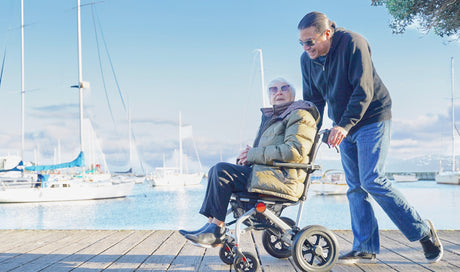
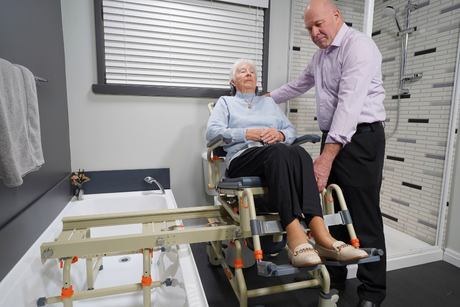
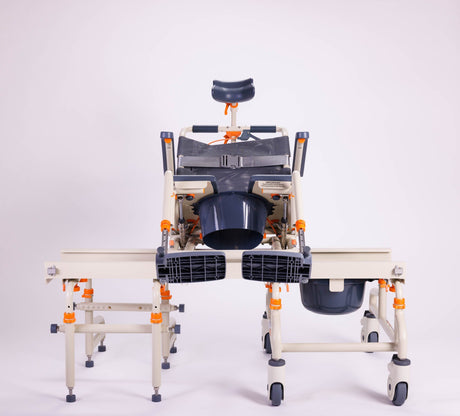
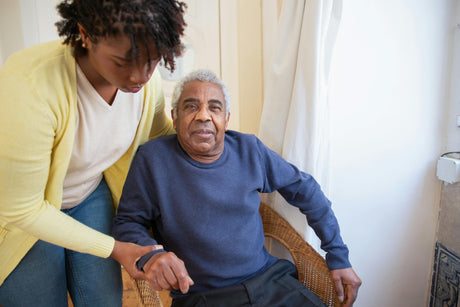

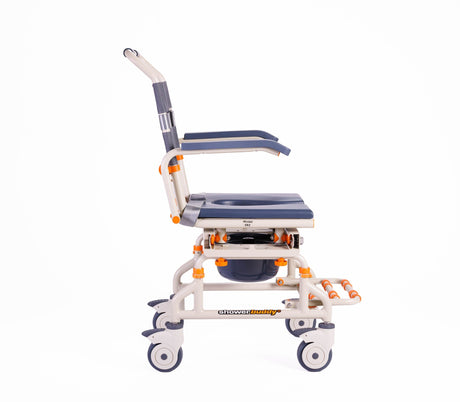
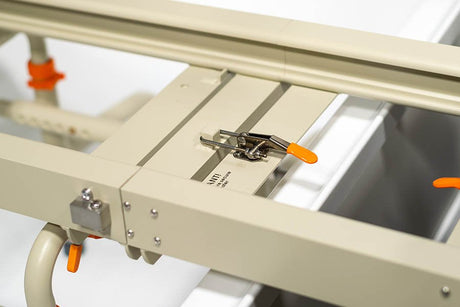

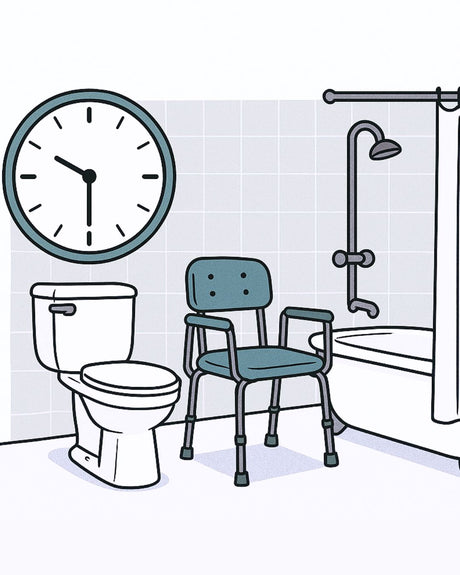
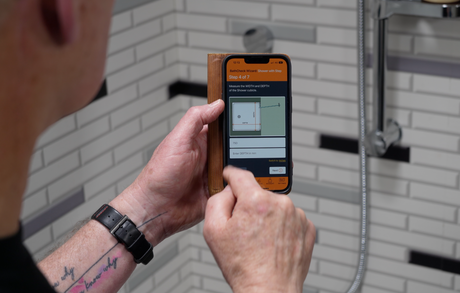
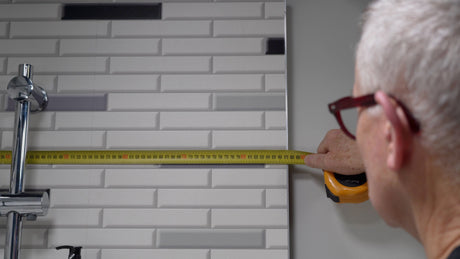

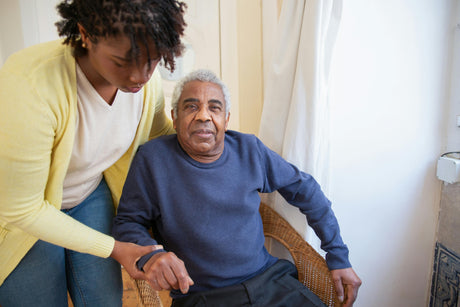

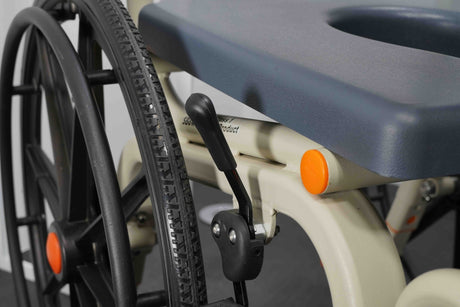



![Toilet Training A Young Child With Mobility Challenges [And How A Shower Chair Can Help]](http://shower-buddy.com/cdn/shop/articles/toilet-training-disabled-child_520x500_a90e5234-d372-435d-aa56-8da15dd3836c.webp?v=1722557239&width=460)





